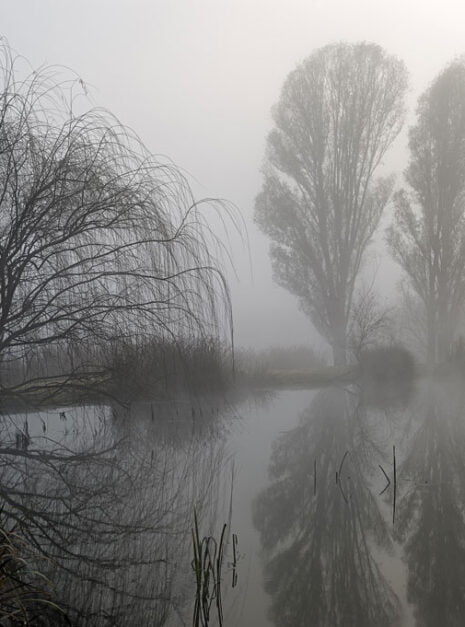David Lurie: History, Myth, Memory
My time spent at Nirox was an invitation to reflect, enlarge and contribute to self-knowledge, to explore the region, its myths and its history, uncover the spirit of the place and even enquire into the nature and possibilities of landscape photography itself.
Description
The Cradle of Humankind – listed by UNESCO as a World Heritage Site in 1999 – opens windows onto many pasts: onto the origins and evolution of humanity, but also, perhaps less well known and appreciated, marks and bears witness to many of the key phases of more recent South African history. This has only been perceived by scholars in the last 30 years, and has still to filter fully into the wider public consciousness. The Cradle region is the scene of numerous epic battles; ancient as well as between the many African chiefdoms that settled or tried to settle in the interior, in the period sometimes called the difaqane; between African chiefdoms and Boers; and between Boers and Britons, as well as several Afrikaner rebellions. The Cradle provides a lens through which to view and comprehend a series of absolutely pivotal and formative moments of South African history. It offers a privileged vantage point from which to understand what it means to be human and what it meant and currently means to be South African. But how to capture this perspective in landscape photographs in this achingly beautiful region? How to excavate below our conventional sight level to recover the veins of myth and memory that lie beneath the surface? To look and discover what eludes cursory recognition and appreciation, to try and discern the outline of an old landscape “protruding above the surface of the commonplace of contemporary life” (Simon Schama, Landscape and Memory). “Even the landscapes that we suppose to be most free of our culture may turn out, on closer inspection, to be its product…and this is a cause not for guilt and sorrow but celebration” (Schama).
My time spent at Nirox was an invitation to reflect, enlarge and contribute to self-knowledge, to explore the region, its myths and its history, uncover the spirit of the place and even enquire into the nature and possibilities of landscape photography itself.
Additional information
| Dimensions | 27,5 × 21 × 0,5 cm |
|---|---|
| Author | |
| Date Published | 2015 |
| Photographer | |
| Language | English |
| Publisher | |
| Specifications | softcover, 21×27,5×0,5cm, 37pp |

